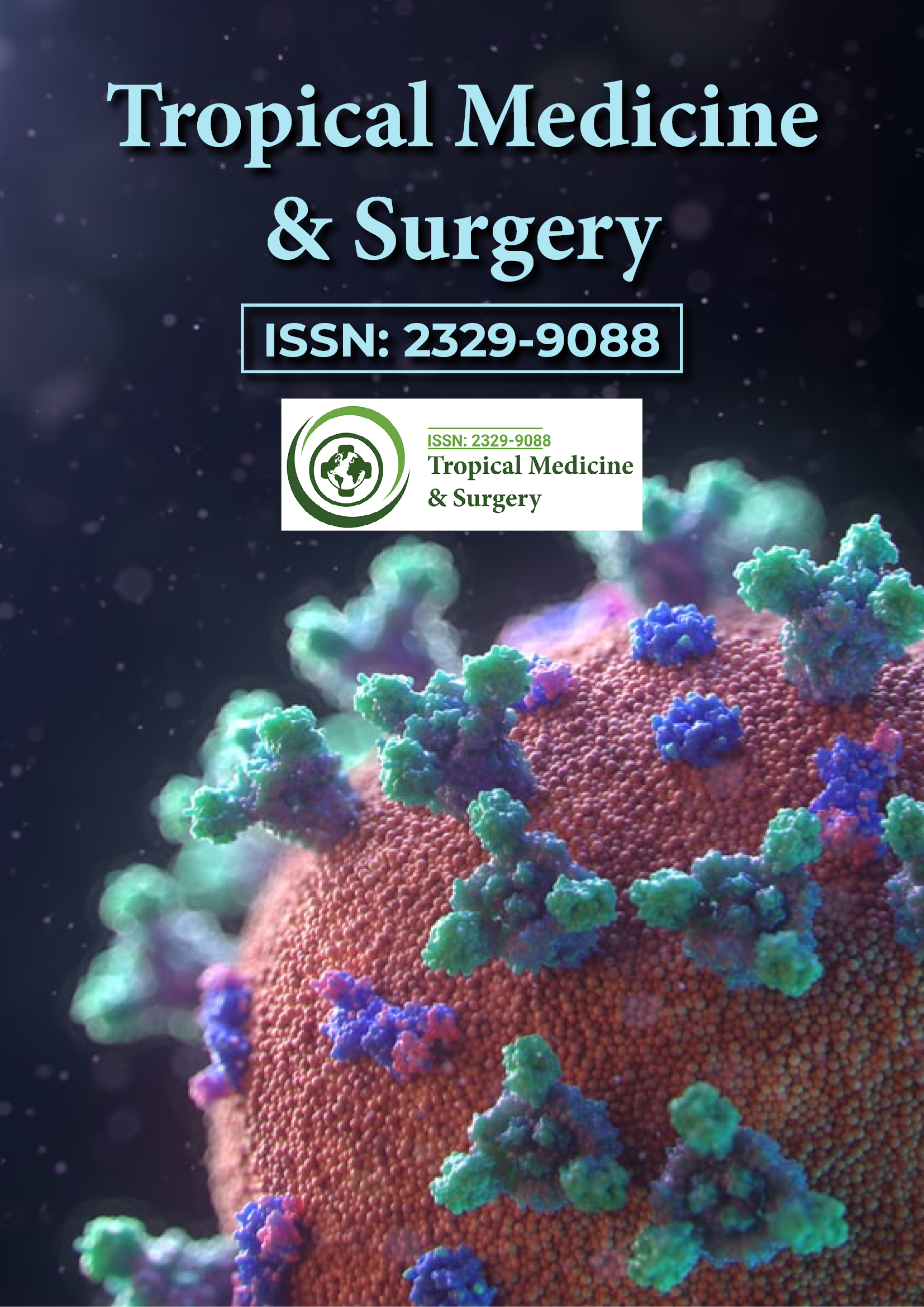PMC/PubMed Indexed Articles
Indexed In
- Open J Gate
- Academic Keys
- RefSeek
- Hamdard University
- EBSCO A-Z
- OCLC- WorldCat
- Publons
- Euro Pub
- Google Scholar
Useful Links
Share This Page
Journal Flyer

Open Access Journals
- Agri and Aquaculture
- Biochemistry
- Bioinformatics & Systems Biology
- Business & Management
- Chemistry
- Clinical Sciences
- Engineering
- Food & Nutrition
- General Science
- Genetics & Molecular Biology
- Immunology & Microbiology
- Medical Sciences
- Neuroscience & Psychology
- Nursing & Health Care
- Pharmaceutical Sciences
Abstract
Surgical Management of Cardiopericardial Hydatid Disease: A Tunisian Center Experience
Ben Jmaa Hela, Bouassida Abir, Triki Faten, Dammak Aiman, Hentati Abdessalem, Ben Jmaa Tarak, Souissi Iheb, Masmoudi Sayda, Elleuch Nizar, Kammoun Samir, Ben Jmaa Mounir, Karoui Abdelhamid and Frikha Imed
Introduction: Cardiac hydatid disease is a rare, but it is potentially a life-threatening pathology. It has fatal complications such as valvular dysfunction, free wall rupture, embolism, anaphylactic reactions, conduction disturbances, or congestive heart failure.
Methods: We report 12 cases of cardiopericardial hydatid disease that underwent operation in our institution between January 1998 and December 2014, and we review our results. The mean age was 31.83 years and it ranges of 11 to 65 years. Male to female ratio was 1.
The diagnosis of hydatid disease was confirmed by transthoracic echocardiography in all patients. The cyst was located in the left ventricular free wall in 5 cases, the right ventricular free wall in 1 case, the interventricular septum in 3 cases, the interatrial septum in 2 cases, and the pericardium in 1 case.
Three patients had multiple organ hydatidosis: in the interatrial septum and the two lungs in one case; in the left ventricle, the left lung, the liver, and the peritoneum in 1 case; and in the left ventricle, the left lung, the liver and the breasts in 1 case.
All of our patients underwent surgery. The patients with cardiac cysts were operated under sternotomy and standard cardiopulmonary bypass with antegrade cardioplegia and aortic cross-clamping.
The patient with pericardial hydatidosis was operated under posterolateral thoracotomy and without cardiopulmonary bypass.
Results: The postoperative period was uneventful in all our patients. We didn’t have any cardiac hydatidosis recurrence in the follow-up of our patients. Only one patient was operated two years after cardiac surgery for recurrence of pulmonary cysts.
Conclusion: Surgery should be recommended in all cases of cardiopericardial hydatid disease in order to avoid their complications.
